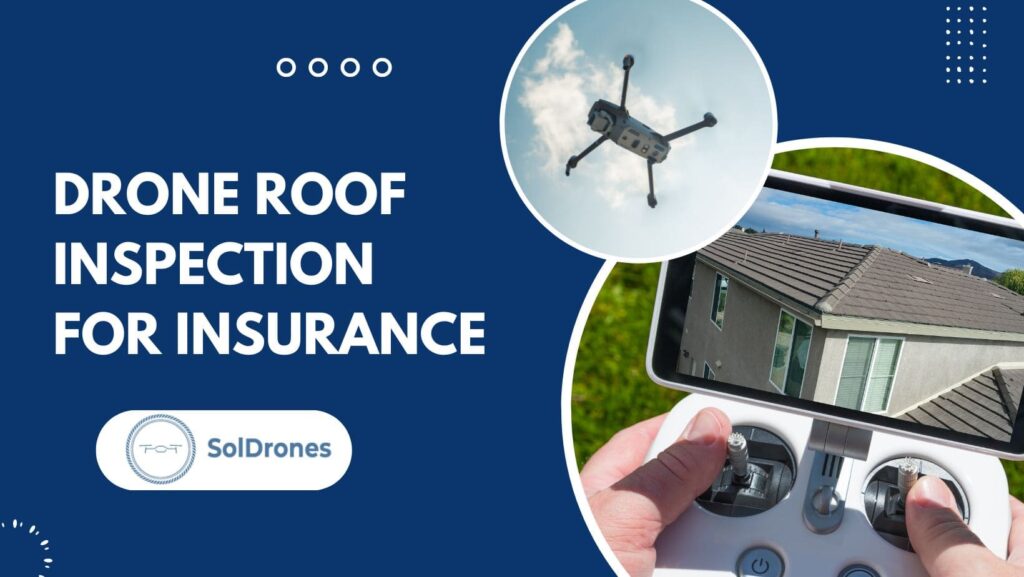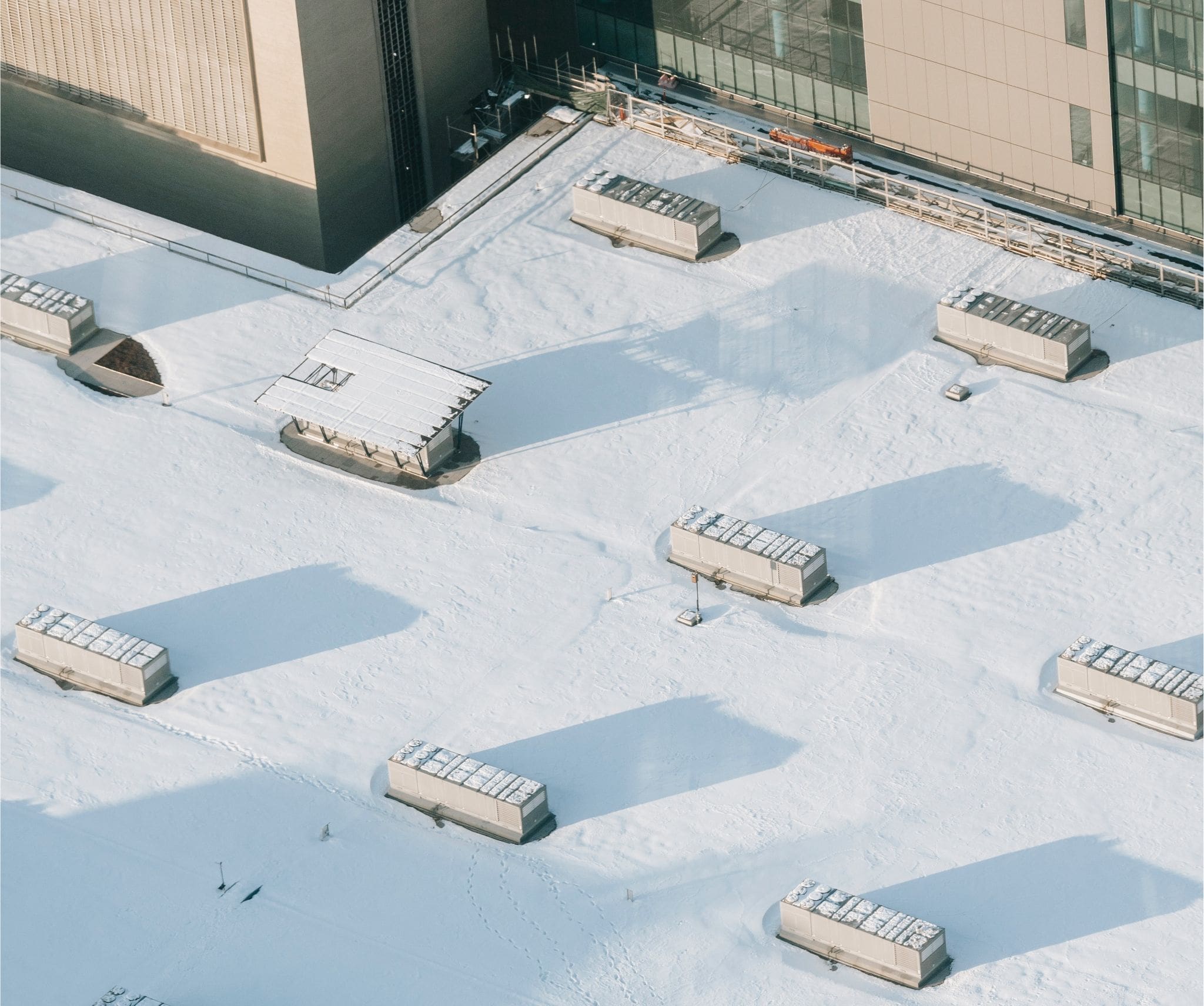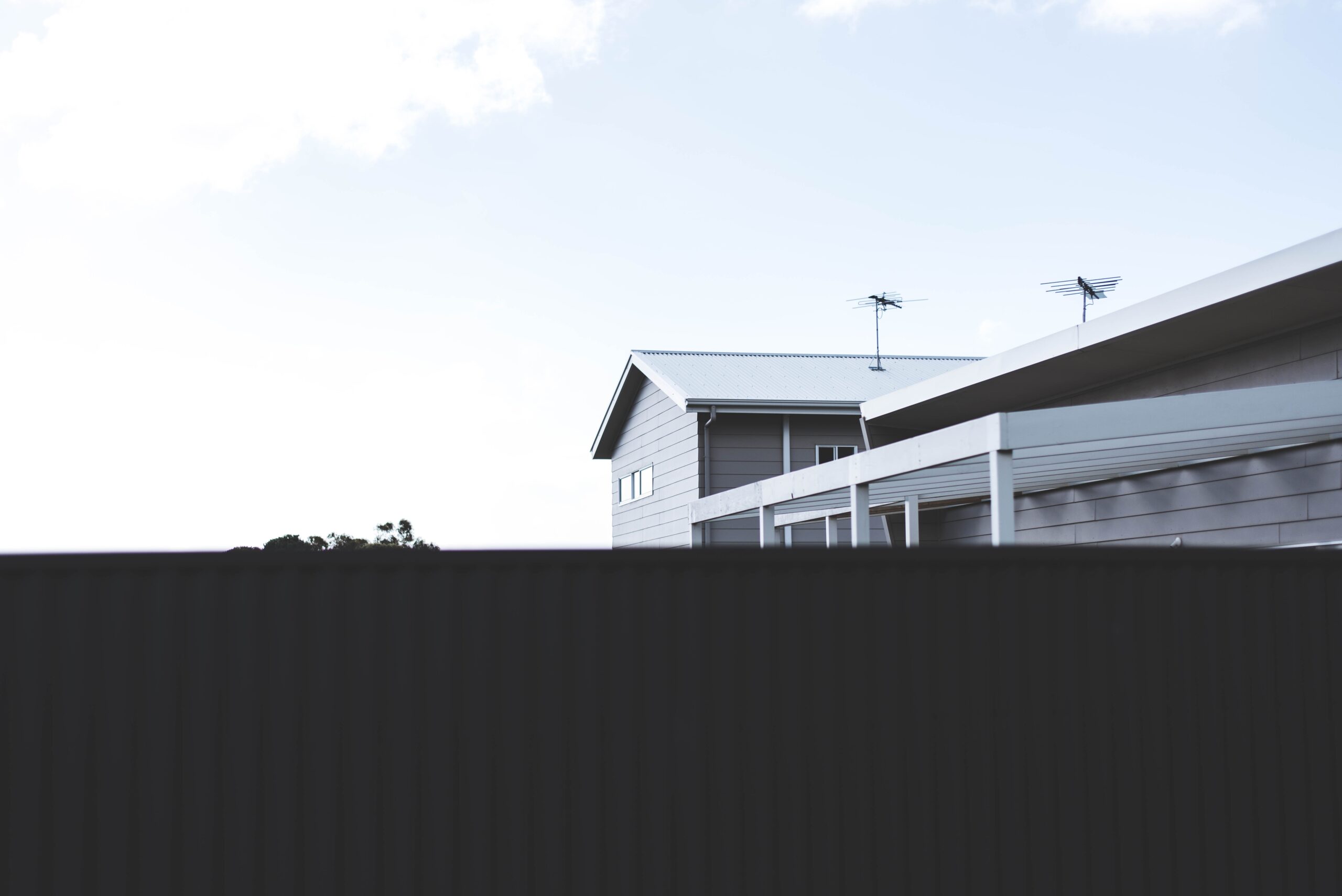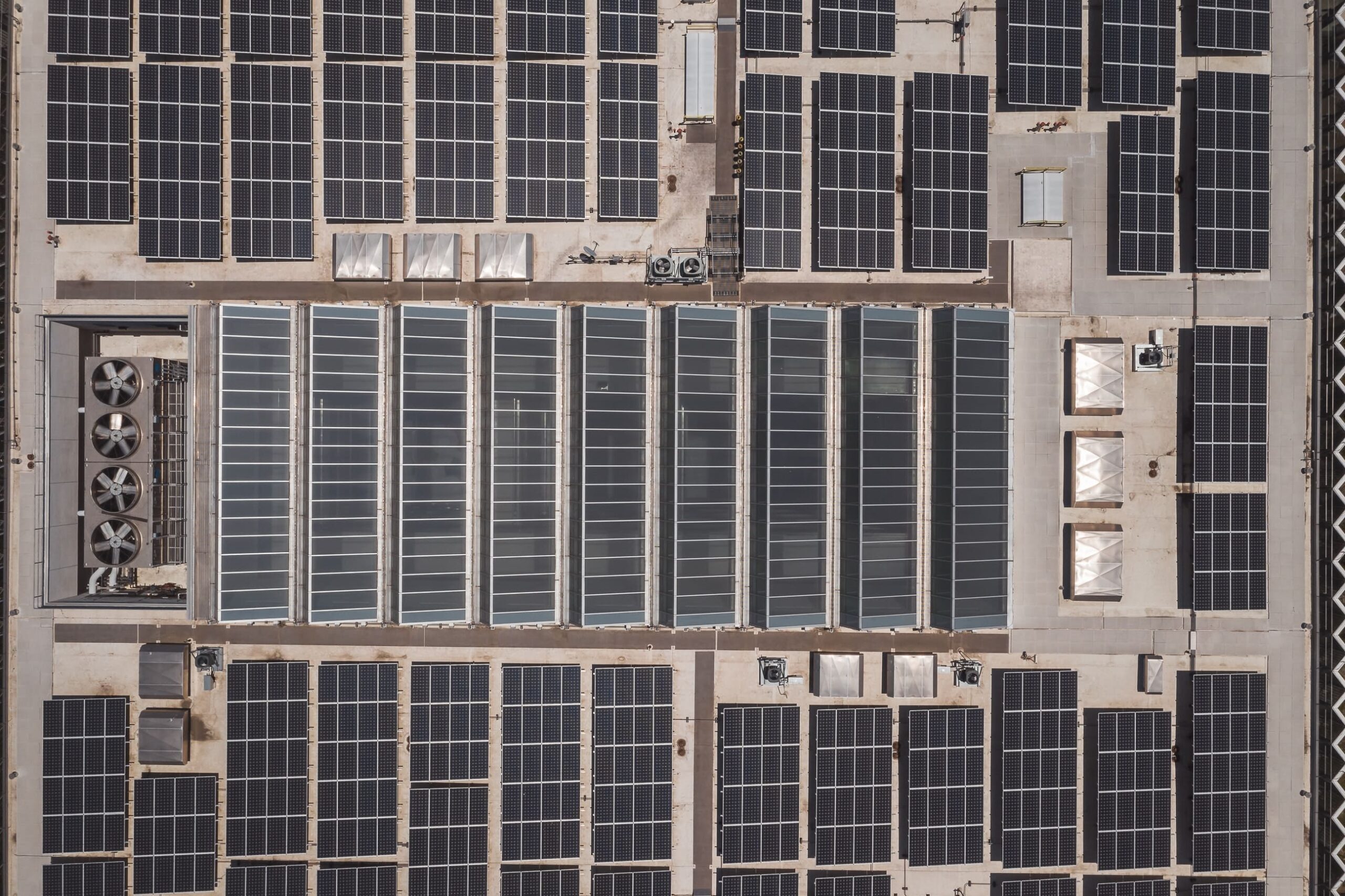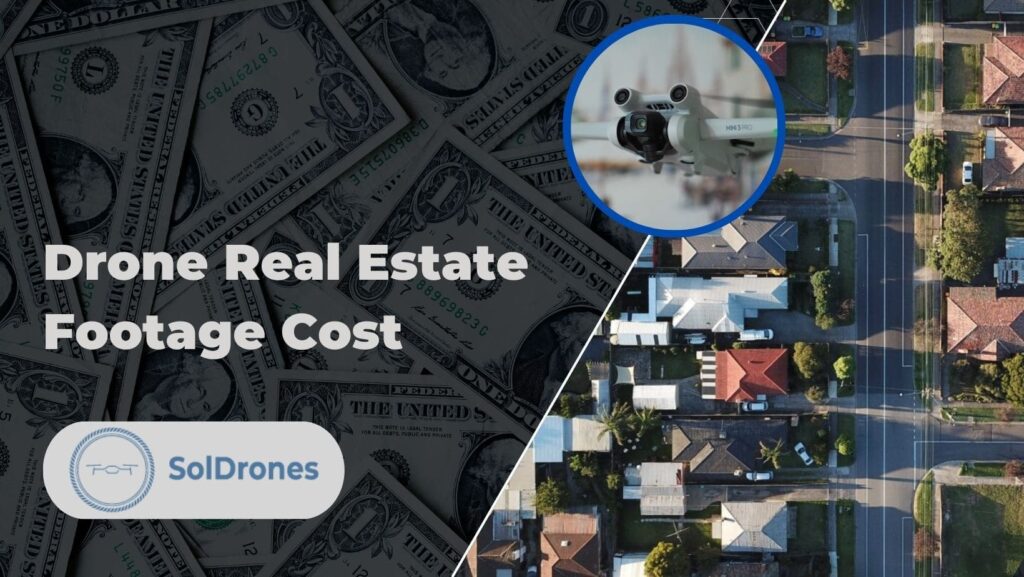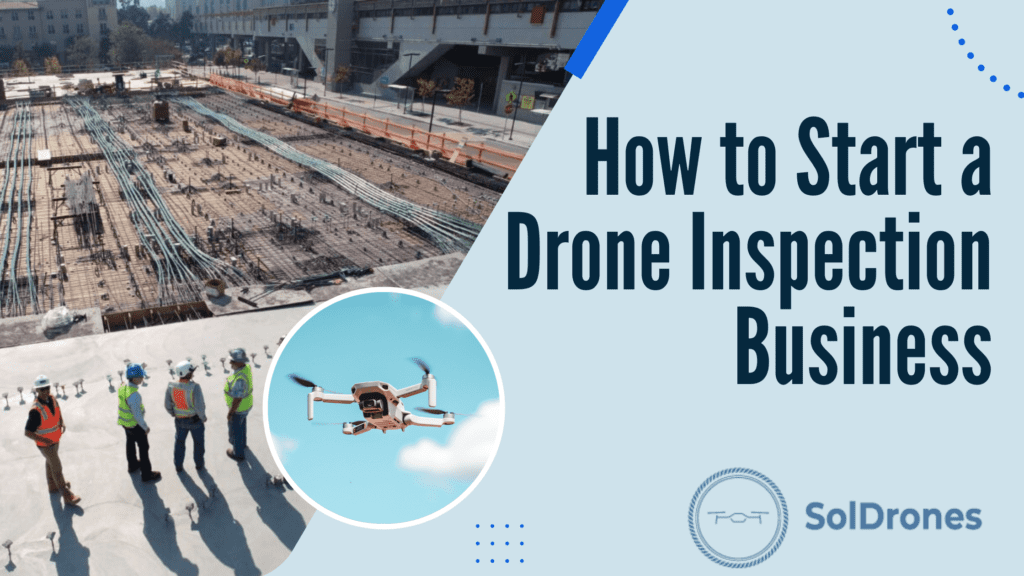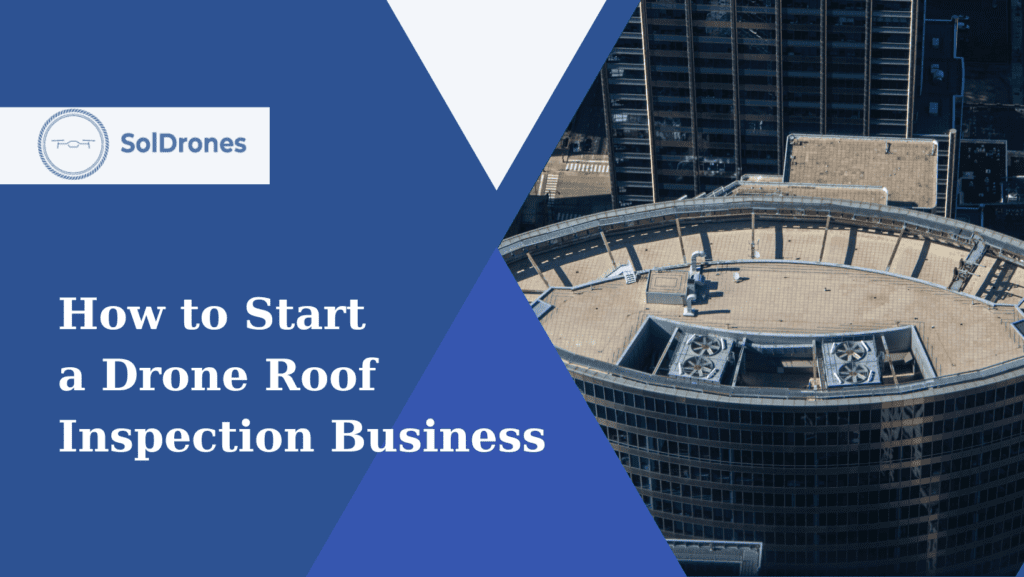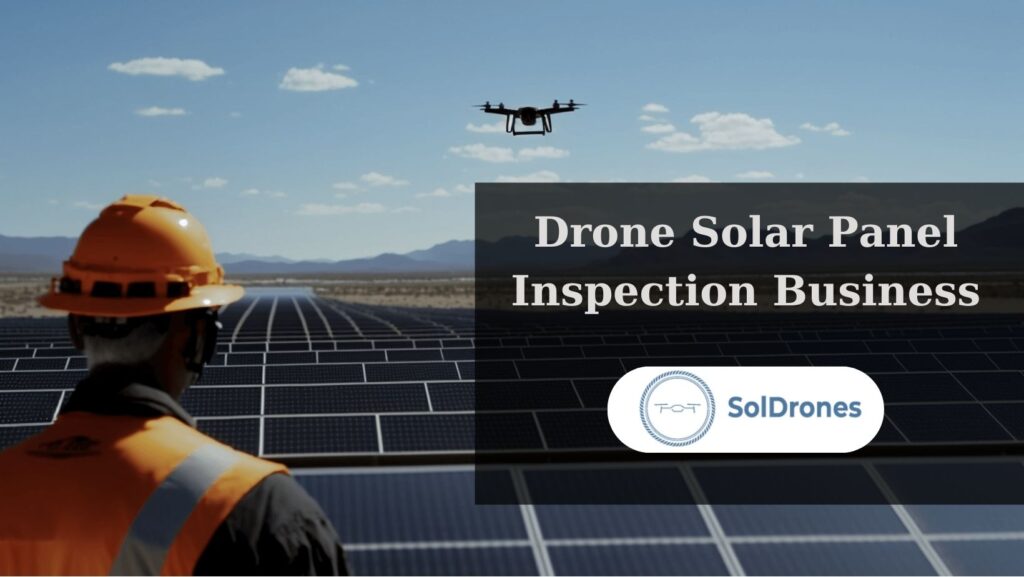Insurance companies are beginning to make the transition to drone roof inspections to cut costs and increase safety. But, is this a good thing for you, the homeowner or building owner?
We’ve researched drone roof inspections extensively and have created this guide to help you get a better understanding of how drones are revolutionizing the roof insurance world.
For over a decade, advances in this field have provided a clear path for evolving insurance company practices. For insurance agents and property owners alike, drones offer a fresh lens, capturing details that the human eye might miss from ground level.
Imagine, for instance, a property suffering from storm damage – the old way would involve an insurance agent or contractor climbing up, risking safety. Now, with a roof inspection for insurance claims, drones swiftly capture every crack and crevice, turning insurance claims into a precise science.
This isn’t just about replacing ladders with propellers. At its heart, drone technology ensures more accurate data, speeding up claims processing and empowering homeowners and insurers with improved insurance coverage.
As drones become mainstream in the industry, there's a beautiful blend happening: the interplay between experienced roofing contractors, modern drones, and insurance regulations is shaping a new era in property assessments.
As drones become mainstream in the industry, there’s a beautiful blend happening: the interplay between experienced roofing contractors, modern drones, and insurance regulations is shaping a new era in property assessments.
Dive deeper into this evolution and witness firsthand how traditional methods are overshadowed by these high-tech tools, ushering in a safer and more efficient future for all stakeholders involved.
Article Highlights
- Drones are revolutionizing industries from home inspections to infrastructure maintenance by ensuring safety, precision, and cost-effectiveness in roof inspections.
- Regulatory frameworks play a vital role in the insurance sector, requiring companies to balance innovation with compliance for safe and efficient drone operations.
- The future of drone insurance inspections anticipates increased automation and AI integration, potentially leading to evolved insurance policy structures and premium determinations.
What is a Drone Roof Inspection?
The world of insurance assessments is witnessing a revolutionary change with the introduction of drone roof inspections. At its core, a drone roof inspection utilizes unmanned aerial vehicles, often boasting specialized cameras, to methodically examine rooftops.
This modern approach dramatically diverges from the age-old method of inspecting a roof by contractors, who would perch perilously on ladders and rely solely on their eyes to assess damages.
However, drone roof inspections represent more than just a technological pivot. Drones are equipped with the ability to capture a multitude of advanced data types. They can take high-resolution photos and videos, offering a crystal-clear visual that any professional roof inspection would value.
Video Credit: International Association of Certified Home Inspectors (InterNACHI)
Thermal data captured by these drones can unearth latent issues, such as inadequate insulation, that might be invisible to the naked eye.
Moreover, some of the more sophisticated drones come fitted with LiDAR. This technology, employing laser pulses, crafts a meticulous roof mapping detailing every nook and cranny.
With such a formidable combination of technology and expertise, it’s no wonder that today’s experienced roofing contractor acknowledges that insurance inspections are not just quicker with drones. Still, they achieve a level of accuracy that was previously unthinkable.
Why Insurance Companies are Adopting Drones for Roof Inspections
Historically entrenched in tried-and-true processes, insurance companies are rapidly adopting drones for roof inspections. At the heart of this shift is a pursuit of speed and efficiency; that’s also how inspectors were able to start with the business. Gone are the days of lengthy claim evaluations; drones have slashed processing times, allowing claims to be settled more rapidly.
Safety, too, plays a significant role. By dispatching drones instead of human inspectors, companies significantly reduce the risks of climbing onto rooftops or navigating damaged structures. Insurance agents, now grounded safely, can oversee inspections without the potential pitfalls of physical assessment.
Yet, the benefits continue beyond there. Drones have the uncanny ability to reach spots that were previously deemed inaccessible. Tight corners, steep pitches, or areas compromised by structural issues no longer pose barriers. This accessibility and the ability to capture high-quality data ensure that assessments aren’t just fast—they’re exact. The clarity of drone-captured images, combined with advanced data analytics, has made the modern insurance assessment both an art and a science.
Benefits of Drone Roof Inspection for Insurance
Drone roof inspections are a game-changer for the insurance sector. With soaring benefits, insurers and property owners find value in this contemporary approach. Let’s dive into these benefits, which have shifted the dynamics of property evaluations.
- Increased Safety: The conventional approach of manual inspections often puts individuals at risk. Now, drones have rewritten the safety narrative. Operating from a safe distance, they curtail the inherent dangers of scaling roofs or navigating challenging terrains, thus prioritizing the well-being of inspectors.
- Speed and Efficiency: Efficiency is the buzzword when drones take to the skies. They can swiftly gather vast amounts of data, facilitating faster reporting and analysis and streamlining the inspection process.
- Cost Efficiency: Drones deliver in spades when evaluating the financial benefits. The combination of reduced labor costs and expedited inspections means insurance companies can process claims faster, leading to notable cost savings.
- Accurate Data Collection: The modern drone is a symphony of advanced tech. Outfitted with sophisticated cameras and sensors, drones ensure meticulous detail capture, ensuring that property assessments miss nothing.
- Accessing Challenging Areas: Traditional inspections have limitations, often missing out on hard-to-reach areas. With their nimbleness, drones ensure no corner remains unchecked, guaranteeing a holistic damage assessment.
Integrating drone technology into roof inspections is more than just a fleeting trend—it’s a paradigm shift. It’s a transformative move that brings efficiency, safety, and precision to the forefront of insurance evaluations. As the industry evolves, embracing such innovations becomes preferable and indispensable.
How Experienced Roofing Contractors Play a Role
When drone pilots take to the skies, capturing high-definition imagery and data, they provide a new lens through which to view a roof. Yet, it’s the roofing experts who breathe life into these visuals.
They translate this raw data into actionable insights, identifying potential vulnerabilities or damage areas that may elude the untrained eye. Their contribution is a testament to the value of combining modern technology with hands-on expertise. This collaboration ensures not only speed and technological prowess but also the accuracy and reliability of assessments.
The partnership between drones and roofing contractors is a symbiotic one. After all, while drones offer a panoramic view from above, the seasoned expertise of roofing contractors provides the much-needed depth and context to those aerial perspectives. They decode the imagery, pinpointing the minutiae that could otherwise be overlooked.
Combining drones and skilled contractors makes roofing revolutionary. Together, they form a powerhouse duo, elevating the quality of inspections to unparalleled heights and setting a benchmark for the industry’s future.
The Role of Property Owners in Drone Inspections
For a drone inspection to achieve its optimal efficacy, the property owner’s involvement and understanding are paramount. As the guardians of their domain, property owners possess valuable on-ground insights that can complement the bird’s-eye view drones offer.
Education becomes a crucial step in this process. Before the propellers start whirring, property owners must grasp the myriad benefits of drone inspections. These range from comprehensive damage assessment to faster processing time, ensuring maximum safety by eliminating the risks of manual inspections. Property insurance inspections often benefit significantly from incorporating drone technology, given their need for precise and detailed evaluations.
Moreover, a knowledgeable property owner can be instrumental in ensuring a seamless inspection. By clearing potential obstructions, being available for on-site discussions, or even providing historical information about the property, they can significantly enhance the quality and accuracy of the data collected.
It’s also worth noting that their insights are especially vital during property insurance inspections, where understanding past incidents and repairs can be crucial. After all, when property owners and drone professionals collaborate, the synthesis of ground-level expertise and aerial technology results in a thorough and efficient inspection.
Industries Benefiting from Drone Roof Inspections
As we continue to follow the advancements of drones throughout various industries, we’ve noticed a particular rise in drone utilization in the following industries:
- Home Inspections: Gone are the days of inspectors navigating precarious roof terrains. Drones now offer a safer vantage point, highlighting everything from potential water damage to structural issues.
- Insurance Industry: Here, drones have found their stronghold. They speed up the claims process and cut down on risks tied to manual inspections. Their precision is unmatched, making them a favorite tool for insurance professionals.
- Commercial Real Estate: Inspecting expansive properties or towering structures? Drones have it covered. They provide detailed visuals crucial for valuation and maintenance insights.
- Solar Energy: The health of solar panels is under the watchful eyes of drones. These devices, especially when paired with thermal cameras, quickly spot inefficiencies, malfunctions, or obstructions.
- Construction: Construction sites, with their ever-evolving landscape, benefit immensely. Drones capture real-time progress, helping contractors maintain quality and timelines.
- Infrastructure Maintenance: Assessing vast infrastructures like bridges and dams is no longer a Herculean task. Drones come to the rescue, ensuring these structures remain in top-notch condition.
As we continue to lean into the future, the influence of drones in various sectors will only grow. Their ability to ensure safety, precision, and cost-effectiveness makes them invaluable. Industries are just beginning to scratch the surface of what’s possible, and the sky’s the limit.
Understanding Drone Regulations in Insurance Inspections
In the bustling world of drone-assisted operations, regulatory guidelines provide the cornerstone for lawful and efficient use. For insurance inspections, adhering to these rules isn’t merely an obligation but an imperative step to ensure safety and legitimacy.
The governing bodies in various regions have laid out clear frameworks dictating the dos and don’ts of drone usage. These regulations often encompass guidelines related to flight altitudes, proximity to populated areas, and even the specific hours during which drones can operate. Abiding by these standards isn’t just a mark of professionalism; it safeguards operators, property owners, and bystanders from potential mishaps.
Insurance companies, in particular, need to remain proactive. As technology and its applications evolve, so do the rules that govern them. By staying updated with the shifting landscape of drone regulations, insurance entities ensure they remain compliant, delivering quality and safety in their assessments. It’s a dance between innovation and regulation, and the steps are ever-changing.
Future of Drone Insurance Inspections
As we gaze into the horizon of drone applications within the insurance sector, a few key trends have emerged over a decade. These trends stand poised to reshape the industry’s landscape. Automation stands at the forefront, hinting at a future where drones, equipped with sophisticated algorithms, could independently survey damaged properties, minimizing human intervention and accelerating claim processes.
Coupled with automation is the increasing integration of Artificial Intelligence (AI). The potential here is immense. AI-driven software could analyze the data gathered by drones in real time, distinguishing between different types of damages, such as roof coverage issues.
Assessing severity and even estimating repair costs, this technology not only streamlines the assessment process but also brings unparalleled accuracy to the table.
Yet, with such advancements, one can’t help but ponder the ripple effects they might have on the insurance industry. Could these efficient, tech-driven inspections lead to adjustments in insurance premiums?
Perhaps. As data collection becomes more precise, especially with drones for insurance inspections, insurance policy structures may evolve, reflecting more accurate risk evaluations and influencing premium determinations. The trajectory is clear: a tech-forward, streamlined, and more consumer-centric insurance industry.
Final Thoughts
In today’s evolving insurance landscape, drone roof inspections are emerging as a game-changer. Drones offer unparalleled accuracy, safety, and efficiency and pave the way for a more streamlined claims process. Collaborations with experienced roofing contractors ensure precise damage assessments while adhering to regulatory frameworks and keeping operations lawful and safe.
Property owners, as well as a myriad of industries, from real estate to construction, are reaping the benefits. With promising technological advancements on the horizon, like AI integration and enhanced automation, the future of drone insurance inspections seems poised for even more significant innovations, reshaping the insurance sector for the better.
FAQs
What are the benefits of roof inspection insurance when using drones?
Utilizing drones for roof inspections has paved the way for a more efficient method of assessing roof conditions. Instead of relying on traditional manual inspections, these drones, equipped with advanced cameras and sensors, can provide high-resolution photos, videos, thermal data, and LiDAR. These detailed outputs are paramount in insurance drone inspection procedures, ensuring comprehensive and precise assessments for claims.
How do insurance companies gain from drone-based inspections?
For insurance companies, drones offer numerous advantages. Not only do they streamline the claims processing timeline, but they also bolster safety by reducing the risks faced by an insurance adjuster and traditional inspector. Additionally, drones can easily access hard-to-reach and potentially hazardous areas, guaranteeing meticulous assessments with their top-tier data capture capabilities.
Why should drone pilots collaborate with roofing contractors?
Drones have become invaluable tools in data collection, especially in sectors like construction and maintenance. Their ability to capture detailed aerial views is unmatched. However, merely collecting this data is only half the battle.
The real challenge lies in the accurate interpretation of this information. This is where the skills of seasoned roofing contractors come into play. These professionals possess the necessary expertise to decipher drone-derived data with precision. By collaborating, both parties ensure that any damages or potential issues are identified and correctly addressed.
What preparations should property owners undertake for a drone-based roof inspection?
Property owners should familiarize themselves with the process and its benefits for a hassle-free drone inspection. Ensuring the property is devoid of obstructions and is easily accessible is crucial. Moreover, seamless collaboration with the drone pilot and the insurance representative during the inspection will benefit.
Do regulations oversee the use of drones in insurance inspections?
Absolutely. Stringent regulatory frameworks exist that oversee drone operations, mainly when used for commercial purposes like insurance inspections. Insurance entities and drone professionals must remain abreast of these ever-evolving regulations, guaranteeing that their procedures are both compliant and safe.

